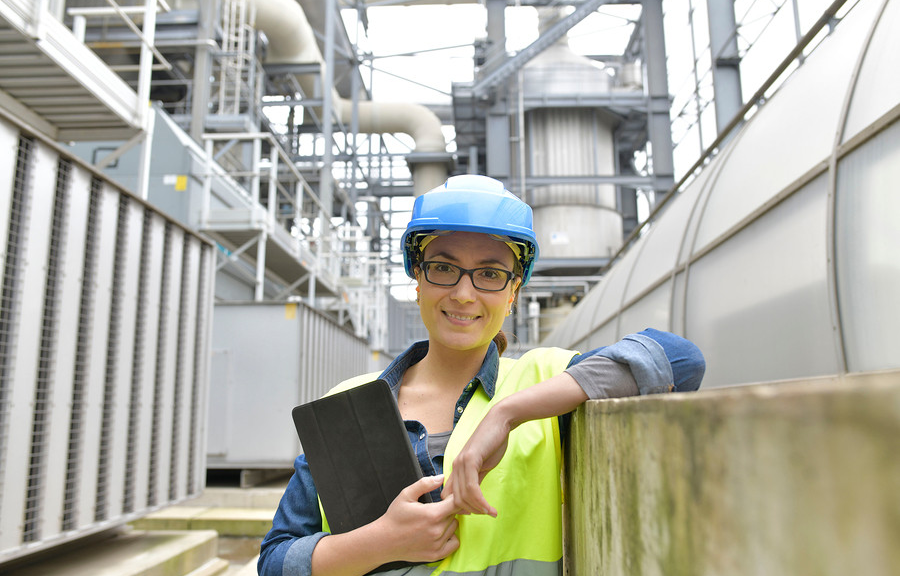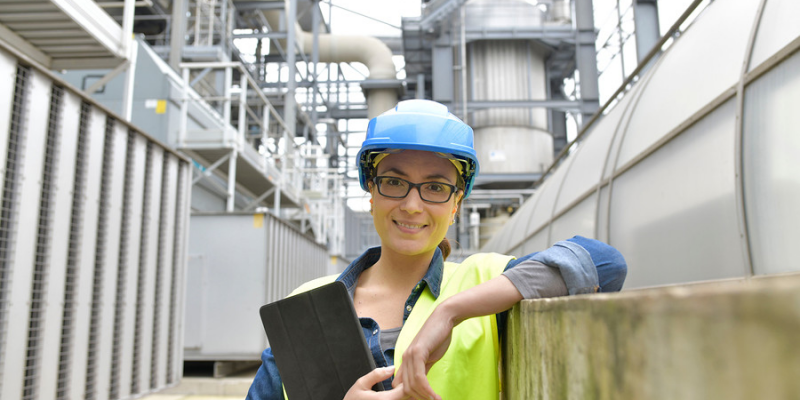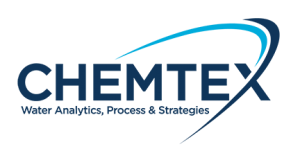
Domestic Treatment Automation
To ensure a reliable, efficient secondary potable water treatment system, automation is key.
Today’s plant engineers keep a lot of balls in the air. Water quality standards are tighter than ever, and they’ll only get more restrictive. Security requirements and government regulations are ever-increasing. System capacities are getting bigger. And lastly, aging piping and new technology frequently demands upgrades.
A pivotal tool in the water treatment arsenal is system automation. It’s essential when treating domestic and/or potable water.
Why Automation?
Automation is crucial because water treatment has so many variables and moving parts to address.
Under feed and overfeed must be avoided. Underfeed defeats the purpose of the secondary disinfection, overfeed can pose a danger to system operators as well as anyone exposed or consuming treated water in the facility. Overfeed may also violate local, state or federal residual maximums, which can incur penalties.
An automated system can respond to flow dynamics which will vary over the course of a day or a week. As flow varies, the injection pump and system must modulate quantities accordingly.
To ensure accurate automation, control sensors must be placed strategically.
Redundancy of control and / or fail-safe operation is critical.
Internal Water Treatment Must Work in Harmony with Municipal Water Treatment
Typically, a local water board or municipality is responsible for initial treatment before water arrives at a plant. The plant’s internal systems must be designed to work in partnership with the municipal treatment system. Therefore, it’s vital to understand their treatment scheme and control limits, and then design the secondary feed and control system accordingly.
To ensure your automated water treatment will be effective while complying with regulations, always rely on trained and knowledgeable professionals. Consult your water provider and make sure you fully understand the chemistry they are employing. Then talk to a reliable vendor like Chemtex for consulting purposes, or to get a quote for feed and control equipment and chemicals.
A good automated water treatment program will improve productivity, reduce costs, reduce risk and improve overall facility safety. It should also be flexible enough to expand based on future demands and meet all regulatory demands. Give us a call. We’d love to help.




/NQA-ISO-9001-Logo-ANAB.jpg)